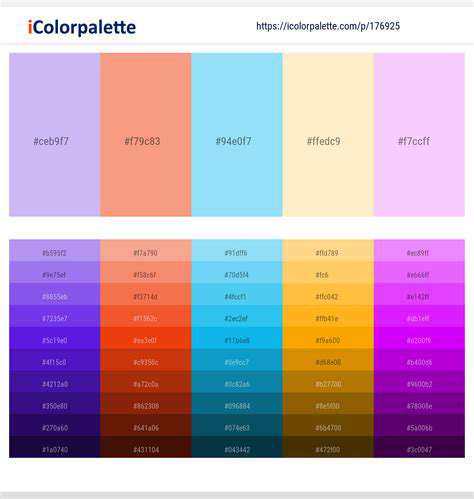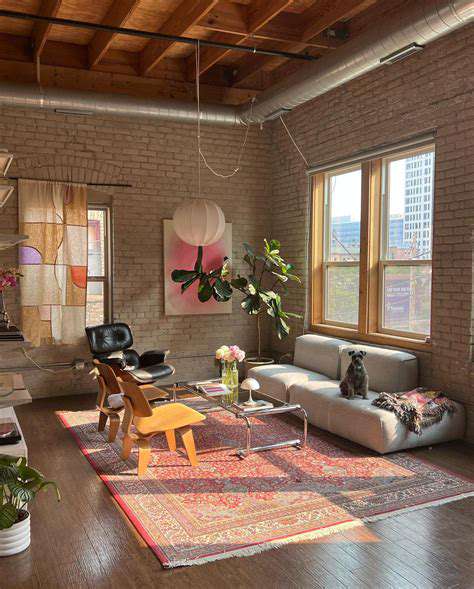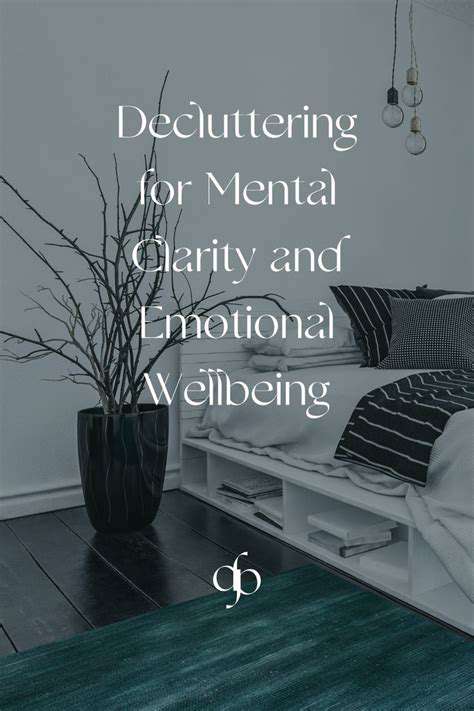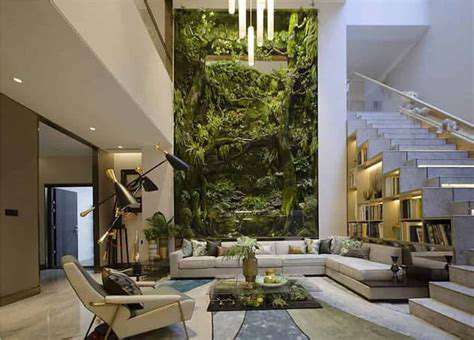Feng Shui for Small Spaces: Maximizing Positive Flow
Consider the scale of the furniture in relation to the room's size. Oversized pieces can quickly overwhelm a small space, making it feel even more confined. Instead, opt for pieces that are proportionate to the room's dimensions. This will allow the furniture to become a part of the design scheme rather than a focal point of visual overwhelm. Choose furniture with light colors or reflective surfaces, which can help to brighten the room and create a sense of spaciousness.
Don't forget about the importance of storage solutions. Incorporate storage ottomans, or wall-mounted shelves to keep clutter to a minimum. This will free up valuable floor space and maintain a clean, uncluttered aesthetic, which is essential for creating a sense of calm and peace in small spaces.
Utilizing Zones and Focal Points
Dividing your small space into distinct zones can create a sense of organization and visual separation. For example, designate a specific area for dining, another for relaxation, and another for work. This approach helps to define the purpose of each area and prevent the feeling of a cluttered, overwhelming space. Use rugs or area carpets to visually separate zones and to ground the space.
Consider creating a focal point in each zone. This could be a beautiful piece of artwork, a statement lamp, or a decorative plant. These focal points will draw the eye and create a sense of depth and interest within the room. By strategically placing furniture around these focal points, you can create a harmonious and inviting atmosphere that maximizes the potential of your small space.
Strategic lighting can also play a significant role in creating a sense of spaciousness and depth. Use a combination of ambient, task, and accent lighting to highlight different areas and create visual interest. Positioning mirrors opposite windows or light sources can also help to reflect light and make the space feel brighter and more open.


Creating a Peaceful and Functional Space
Decluttering for Balance
A crucial first step in creating a peaceful and functional small space is decluttering. Clutter not only visually overwhelms a small area, but it can also create a feeling of stress and overwhelm. Taking the time to thoughtfully assess what you truly need and use, and ruthlessly discarding items that no longer serve a purpose is essential. This process isn't about discarding possessions, but about creating space for what truly matters, both physically and mentally. Start with one area, like a shelf or drawer, and work methodically through each item, asking yourself if it sparks joy or if it's truly necessary. Remember, a clear space promotes a clear mind.
Decluttering isn't a one-time event; it's an ongoing process. Establishing a regular decluttering routine, perhaps weekly or monthly, will help maintain a sense of order and prevent future clutter from accumulating. Consider using storage solutions like baskets, bins, or vertical organizers to keep items contained and out of sight. Designated spots for everything will help maintain a sense of peace and calm, making it easier to find what you need when you need it.
Strategic Furniture Placement
In a small space, every piece of furniture needs to work hard. Instead of allowing furniture to block natural light or create visual barriers, strategically position it to maximize space and flow. Consider the principles of Feng Shui, like the concept of Chi (energy flow). If possible, avoid placing furniture directly in the path of the entrance, as this can obstruct the free flow of energy. Instead, use furniture to define spaces and create zones within the room. A well-placed sofa or a strategically placed bookshelf can transform a small living space into a welcoming and functional environment.
The right furniture can work wonders in a small space. Multifunctional pieces, such as ottomans with storage or beds with built-in drawers, are incredibly space-saving and help to optimize the use of available space. Don't be afraid to get creative with furniture arrangements. Consider using mirrors to create an illusion of more space and to reflect natural light. Mirrors strategically placed can significantly impact the overall feel and functionality of the room.
Utilizing Light and Color
Light and color are powerful tools for creating a sense of spaciousness and tranquility in a small space. Maximize natural light by keeping windows unobstructed. If possible, use sheer curtains or blinds to allow light to filter through while maintaining privacy. Incorporate light-colored walls and furniture to create an airy and expansive atmosphere. Light colors reflect light, making the space feel brighter and more open. Avoid dark colors, as they can make the space feel cramped and closed in. Consider using pops of color through accessories or artwork to add personality and visual interest without overwhelming the space.
Incorporating strategically placed lamps and light fixtures will further amplify the feeling of spaciousness and create a warm, inviting ambiance. Consider using a combination of ambient, task, and accent lighting to create varied layers of light and depth. The judicious use of color can significantly enhance the feeling of calmness and balance within the space. A calming color palette will contribute significantly to the overall peacefulness and functionality of the room.
Using mirrors strategically to reflect light and create an illusion of more space is another important aspect of leveraging light and color. Incorporating plants can also enhance the space and bring a touch of nature indoors. Remember that the goal is to create a space that feels both aesthetically pleasing and conducive to relaxation and productivity.











